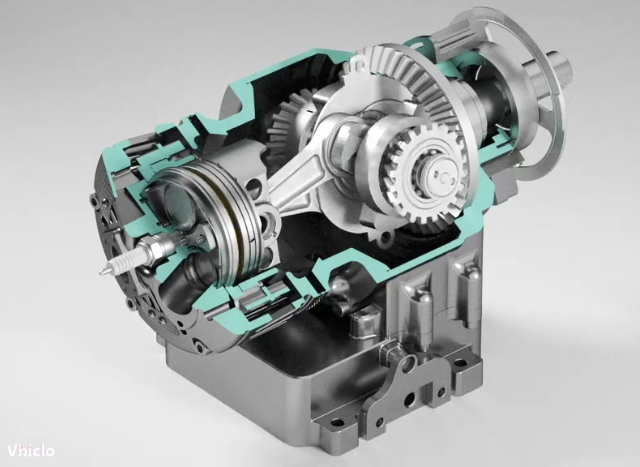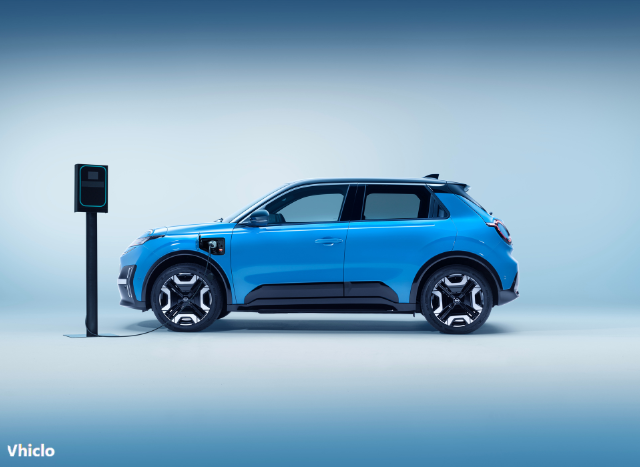Avadi unveils a lightweight, high-efficiency internal combustion engine with game-changing potential
As the global automotive industry accelerates toward electrification, one Washington-based startup is making waves with a bold challenge to the EV status quo. Avadi, a company that has been quietly developing a revolutionary internal combustion engine (ICE) for over 20 years, has officially unveiled a compact, ultra-efficient engine that could disrupt the future of mobility.
With the prototype now on display, industry insiders are asking a big question: Could this be the beginning of the end for electric vehicles?
Contents
What Makes Avadi’s Engine Different?
At just 23 pounds, this tiny engine delivers 16 horsepower—a remarkable figure for its size and weight class. But it’s not just about output; it’s the internal design that’s causing a stir.
Key Innovations:
- 50% Fewer Parts: Compared to a conventional ICE, the Avadi engine uses half the number of components, reducing friction, emissions, and mechanical failure.
- No Crankshaft: Instead of a traditional crankshaft, the pistons operate in a scissor-like, continuous rotational motion, enhancing energy efficiency.
- Compact Form Factor: The size and simplicity allow for use across a wide range of industries — cars, motorcycles, trucks, aircraft, trains, and more.
- Alternative Fuel Compatibility: Designed to eventually run on cleaner fuels, offering a sustainable path forward for internal combustion.
Can This Disrupt the EV Movement?
Electric vehicles have long been heralded as the future of clean mobility. However, growing concerns over the environmental impact of battery production, particularly lithium mining, are sparking debate. According to Avadi, enhancing the ICE with alternative fuels could be a more sustainable and scalable solution.
EV Challenges Highlighted:
- High energy and environmental cost of battery manufacturing
- Limited infrastructure for charging, especially in developing markets
- Dependency on rare-earth materials
Avadi’s approach flips the narrative: rather than replacing ICEs entirely, why not evolve them?

Market Impact and Industry Reaction
The unveiling of Avadi’s prototype caught the attention of automotive analysts and engineers alike. While the EV industry continues to grow, this innovation poses an intriguing alternative that could be more cost-effective and adaptable in the short term.
Potential Market Applications:
| Sector | Benefit |
|---|---|
| Automotive | Lightweight, efficient powertrain |
| Aviation | Reduced weight for improved range |
| Rail & Marine | Lower emissions in large-scale use |
| Defense | Rugged, compact, and field-ready |
That said, major automakers and EV stakeholders may resist change. The global push for zero emissions is well underway, and a pivot back to combustion—even an eco-friendlier version—could face regulatory and commercial hurdles.
The Future: Evolution or Revolution?
Avadi’s engine isn’t just a prototype; it’s a vision. A reimagined ICE that bridges the gap between traditional mechanics and the demand for cleaner, more efficient technology. While EVs may continue to dominate headlines, the question remains:
Is electrification the only path to sustainable mobility?
As governments, investors, and the public seek real solutions to climate change and energy security, technologies like Avadi’s could play a critical role in a diversified energy future.
Pros & Cons of Avadi’s Engine Innovation
Pros
- Compact and lightweight
- High efficiency with low emissions
- Uses familiar ICE architecture for easy integration
- Broad application potential across industries
Cons
- Still in prototype stage
- Resistance from entrenched EV interests
- Requires further development for mass production
Finally, while it may not spell the immediate end of electric vehicles, Avadi’s groundbreaking engine opens the door to a new conversation about mobility, efficiency, and sustainability. In a world searching for practical, long-term solutions to environmental concerns, reviving and reengineering the internal combustion engine might not be a step backward — but a bold step forward.
Automotive industry expert and editor of Vhiclo, specializing in car news, EV technology, and in-depth vehicle analysis. With years of experience in the field, Koutaibah provides trusted insights for enthusiasts and professionals alike.






